- Home
- Painting Techniques
Acrylic Painting Techniques. Discover, Explore, Experiment!
Your overview of some of the most popular
acrylic painting techniques. Dig in!
Acrylic paints have come a long way. In fact, they have come so far that in many ways they can outperform oils. They have improved such that many painting techniques that have been traditionally associated with oils, are now easily possible with acrylics. I use Artists quality acrylic paints by Chroma Australia, Atelier Interactive and Atelier Free Flow.
I will say however, that it is important to keep your mind open. Don't discount other mediums - occasionally dive in and use them. It can vastly improve your arts practice, often in ways you won't see for a while.
Back to acrylic painting techniques. There are a pile of "O's" that have been developed ever since people started pushing coloured goop around. Impasto, Scraffito, Verdaccio, Chiaroscuro (which I have trouble pronouncing. I swear the spelling changes every time I look at it) and others.
As well as that there are dozens of other acrylic painting techniques that appear in painting literature. You may never need to know some of them, and most may have been created for use with oils - however, many are wonderful techniques that will bring a new dimension to your work.
Experimenting with these techniques is a great excuse to chuck some paint around (as if you needed one).
Lets look at a couple of acrylic painting techniques.

Glazing
I love glazing. Mixing thin glazes tinted with pigment is exciting in many ways. You can make small adjustments in colour and hue, AND it can bring life to something that is a little dead.
Better painters tend to have an ability to avoid and recover from mistakes. Glazing is one way to do that. It's fun and is much easier to do with acrylics. Glazing is a must for your acrylic painting techniques repertoire.
Scumbling
Another technique perfect for acrylic paints is scumbling. This involves brushing broken and/or thin layers of paint over another so that some of the paint beneath it shows through.
You can remove the thin paint with a cloth, brush, piece of plastic or even a hammer should the mood take you! Faster drying times mean the sooner you get to scumble again. Also the word "scumble" just sounds really cool. Use it in a sentence today!
Alla Prima
Another fun acrylic painting technique. Roughly translated, it means "at once". If you have worked plein air (roughly translated as "outside") then you have probably worked this way.
"Chucking paint around" certainly fits here. It was a method developed by the impressionists who worked quickly to capture a fleeting "impression". Certainly a fun way of painting which leads nicely into...
Wet On/In Wet
This method of applying paint obviously refers to working over the surface while the paint beneath (and around) is still wet.
This goes hand in hand with impressionism and plein air painting. It can be a little harder to manage because of the faster drying times, although most quality acrylic paint companies have additives that extend the drying time. Atelier Slow Medium is a case in point.
Working wet on wet can often "build" some texture in your work.
Watercolor Effects
Generally this is mixing and laying watered down pigment and allowing it to blend, and do its own thing to a certain extent. This acrylic technique can create lovely, luminous effects. Good quality acrylics are OK for this as they have fine and strong pigments.
Working with water colours is not something that I know a lot about. It is a style of painting that is a little more "sudden death" than I am happy with. Having said that, I’m happy to borrow some ideas.
Chiaroscuro
A technique using the contrast between a painting's light and dark parts for dramatic effect. This contrast can create a powerful illusion of depth.
I love painting the deep shadows under trees on a bright summers day. Lots of light, lots of strong shadow. Lots of depth. Caravaggio & Rembrandt often used this technique.
Stippling
Great for acrylics. Fast drying time means you get to stipple sooner. This, from a painter's perspective, means using the end of the bristles on a brush to create many small "spots" of colour; a great way to create the illusion of "grain" or texture.
This acrylic technique done more broadly, can help you paint leaves, for example, easily.

Creating Texture
A couple more "O"s here, and a whole stack of methods for creating texture. Old generation acrylics dried very flat. All the lovely lumps you went to the trouble of creating disappeared when the work dried. Bum. Some newer acrylic paints have more "body", which solves some of that problem.
As a bonus there are a range of mediums and additives which can solve any remaining issues. Lots of luverly piles of thick juicy paint. Yum. Impasto Gel is just one such product, available in many different brands and consistencies. Experiment to discover what you like to create "build" with.
Scraping
Again, this acrylic technique is pretty self explanatory. It can be done with whatever takes your fancy, and involves scraping through layers of paint.
This will require some slightly different approaches than it would for oils. A faster drying time can cause problems if you are new to this. In other circumstances the faster time is an asset.
Dry Brush Technique
Dry brushing refers to "dry" paint being dragged across the surface so that flecks of colour are collected by the high spots on the canvas, or previous brush-marks. This is a great way of building up colour incrementally and of creating "grain".
This is particularly great for acrylics as the underpainting dries quickly allowing the impatient (me) to work over an area as soon as possible.
Impasto
This acrylic technique involves a thick, luscious and juicy paint application. Need I say more? Trowel it on I say! Chuck it on with your hands. Lay it on with a spoon. You get the picture.
A sensational acrylic painting technique, and it doesn't take three and a half years to dry. Impasto gel is a great additive for this style of painting.
Sgraffito
This acrylic painting technique involves scratching into the top layer of paint to reveal areas of the surface underneath. In some ways this is better suited for oil paint as the paint stays wet longer.
Although acrylic paint mixed with a retarder or slow medium can be used with the added benefit of allowing the surface to be reworked sooner.
Spattering/Spraying
This is fun. AND a really great way of creating the illusion of gravel or small shells (as examples) and texture or grain. Think tooth brushes, pressure packs, scrubbing brushes and air brushes. You get the picture. As I said, fun. You get to make a mess. I always end up with paint everywhere.
Faux Finishes
Faux painting are acrylic painting techniques which include creating the illusion of stone, wood, fabric and more. There are some relatively simple techniques involved in creating marble and granite for example, and you get to have lots of fun and make a big mess (particularly with granite), which is always particularly gratifying. Even if the finish doesn't work out, you'll have had fun creating in the meantime!
Rubbing
I'm a bit uncomfortable with this one. All sorts of teenage memories are coming up. Whoops, sorry. Its about paint isn't it. Rubbing refers to softening, or even taking layers of paint with a cloth or other abrasive (or caustic) material.
Generally I use it to get rid of minor indiscretions, but this acrylic technique can be used to adjust colour by revealing colour below or to create a "weathered" look. This kind of "shabby chic" look is all the rage right now (or so I've been told).
You have to admit that just reading all this stuff about acrylic painting techniques makes you want to paint. Scour my humour from your brain by jumping around like a fool with an arm full of loaded paintbrushes in front of a blank canvas (or canvases).
You know you want to!

For more tips, special offers and scintillating wit, please subscribe to our monthly e-zine, Acrylics Anonymous.
Because you are very special to us, we’ll give you lots of excellent, free painty information, deals on tutorial stuff and heaps more - yep, just for subscribing.
All our subscribers can buy our downloadable DVD 3-pack for only AUD$80.00. Straight to your inbox, no waiting for postage, how good is that!
Subscribe Here:
Acrylic Glazing. A Match Made In Heaven.
Discover how acrylic glazing techniques can make your paintings glow with light and life.
Impasto. Building Texture With Dollops of Fun.
Thick, juicy gobs of colour. Impasto techniques will inspire spontaneity, depth and dimension.
Splattering With Acrylics. Discover Form Within The Formlessnessnessness.
Splattering with acrylics will be your new go-to technique when you’re feeling uninspired. Throw some paint around the place and see for yourself!
Creating Textured Art Is Easier Than You Think
Create some pizzazz - explore the possibilities of texture in your art.
Painting a Gradation of Colour - Master This Fundamental Technique
The basis of most successful paintings is gradation. Learn how to paint a gradation smoothly & efficiently.
Your Brush Technique. An Important Foundation.
Brush technique. Explore 3 simple concepts that will solve problems and expand your skills.
Hone Your Dry Brush Technique. Understand The Possibilities.
Add texture and colour to your work. Discover strategies to lift your paintings using dry brush technique.
The Best Paint Does What You Want.
Which is the best paint for you? Explore some of the characteristics & possibilities.
Underpainting. What's The Big Deal?
Discover three exciting possibilities of underpainting. Arrange your elements, give some texture and create colour that explodes.
Faux Painting. More Than Just Cheap Trickery.
Bring the old masters' faux painting techniques to life in your own painting practise.
Using Impasto Gel. Problems, Practicalities and Possibilities.
What to avoid, and what to play with. Learn how using impasto gel creates vibrant and textured effects.
Create Unique Paintings. Get Your Original "Voice" Out There!
7 tips to create unique paintings and tell a compelling story in your own voice.
Unlock Your Creativity With This Simple Exercise.
Learn how to use all your senses to help unlock your creativity and create great paintings!
Paint an Aerial Landscape - a New Perspective.
Learn how to paint an aerial landscape and gain a new perspective on life.
Top of Acrylic Painting Techniques
Back to Explore Acrylic Painting Home Page

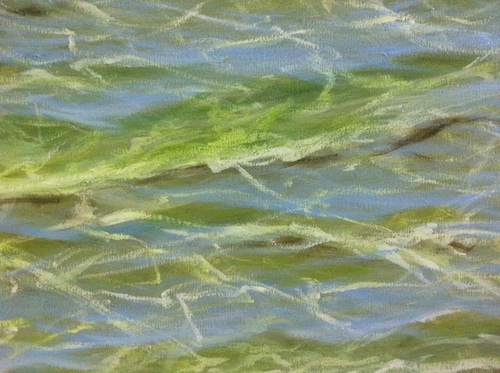
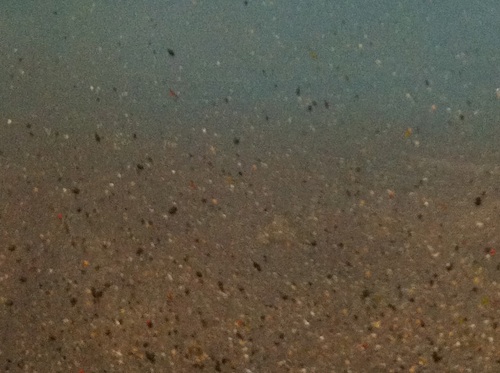
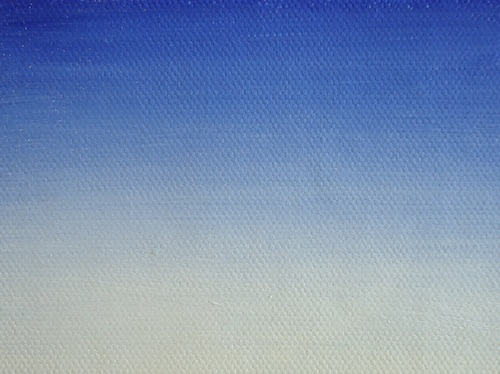
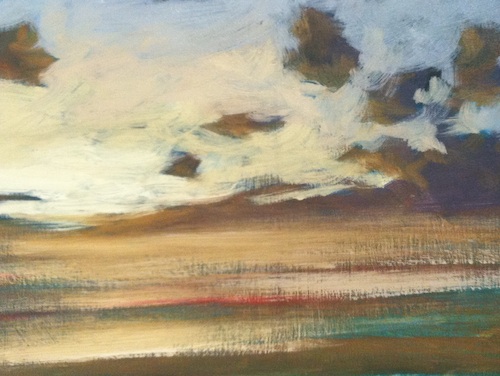
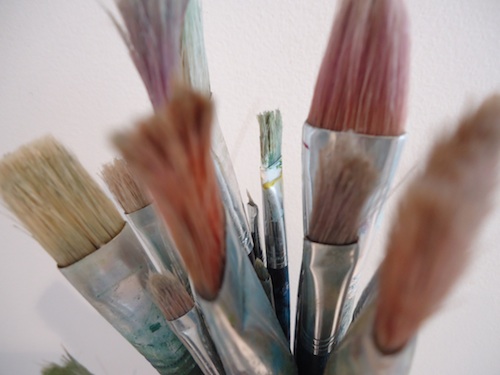
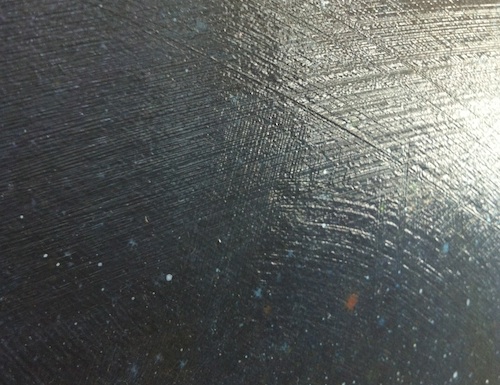


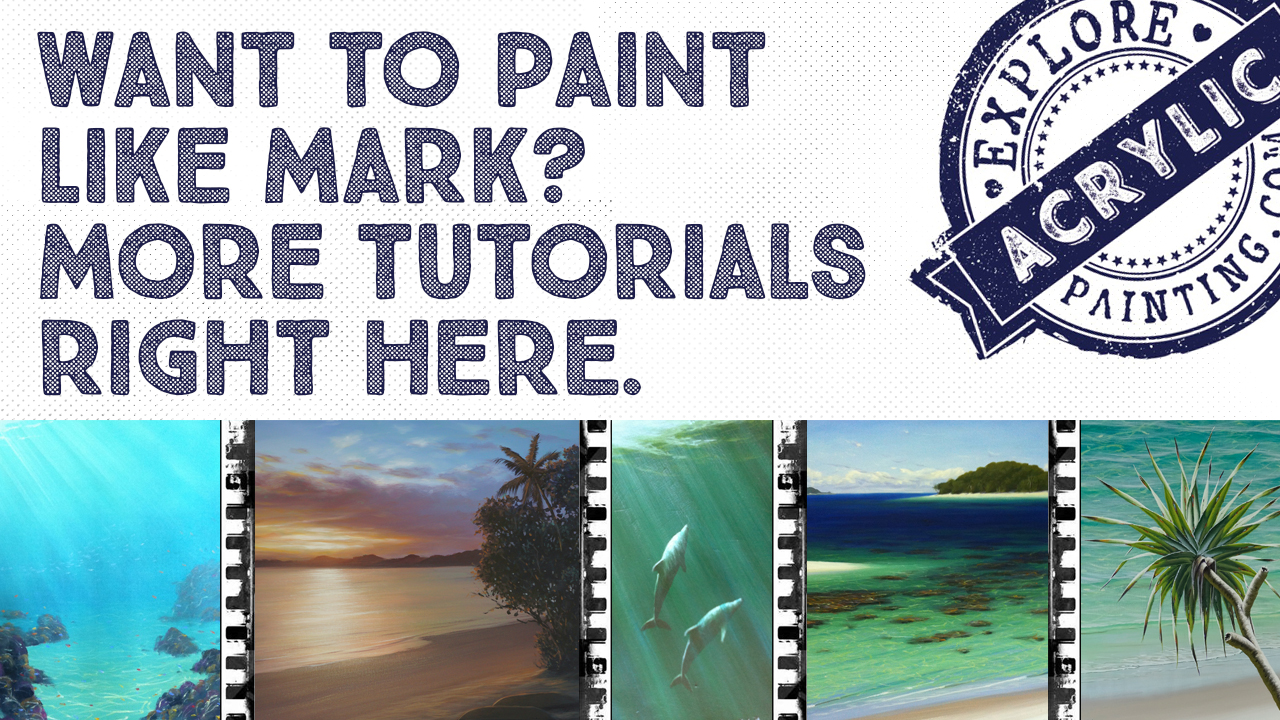

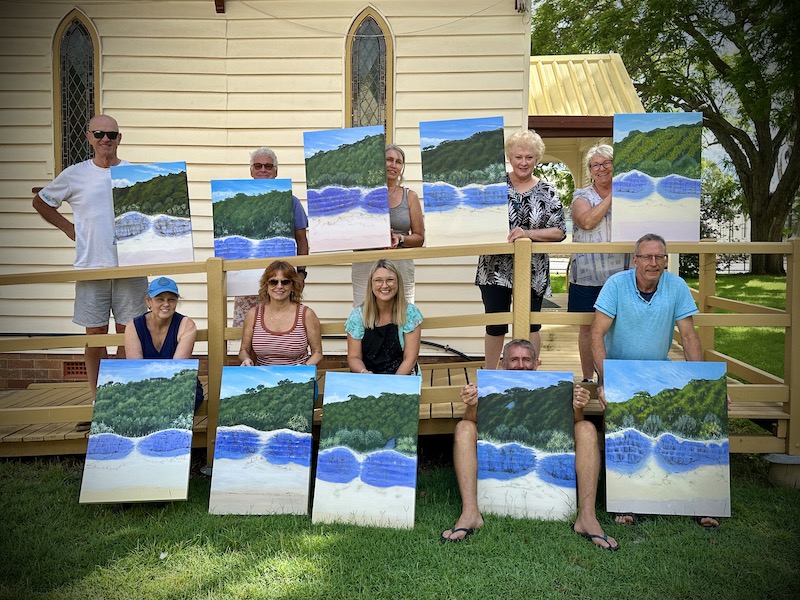
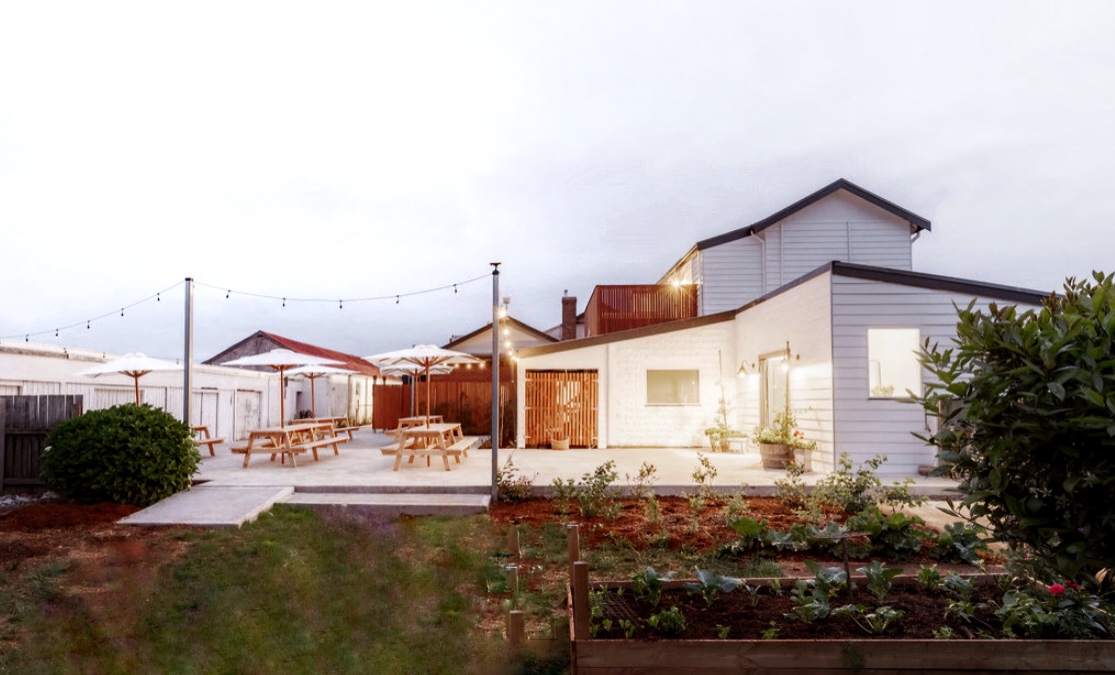
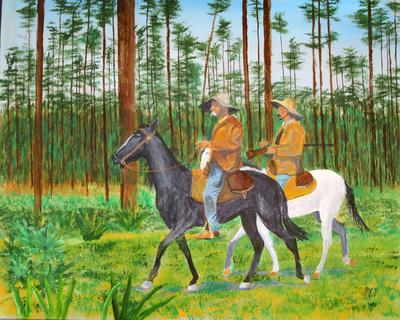







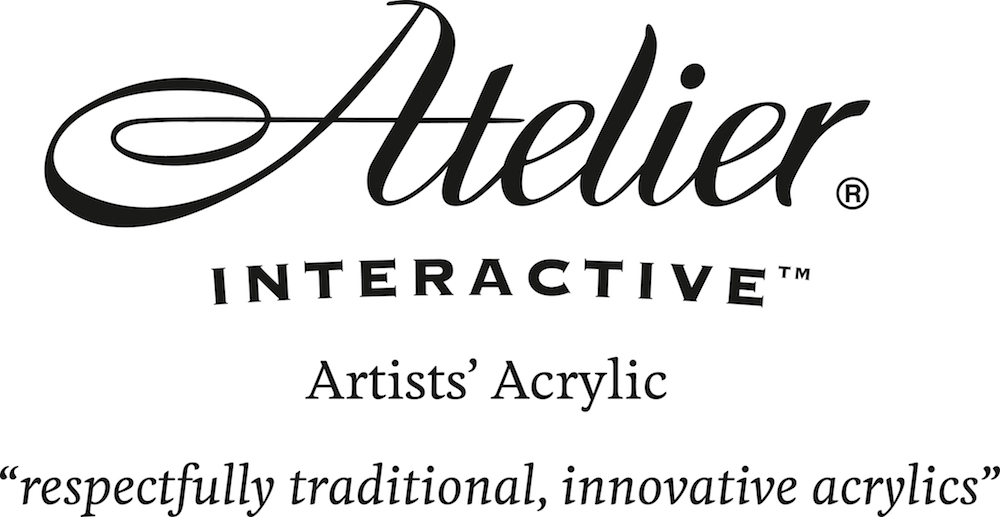


New! Comments
Have your say about what you just read! Leave me a comment in the box below.